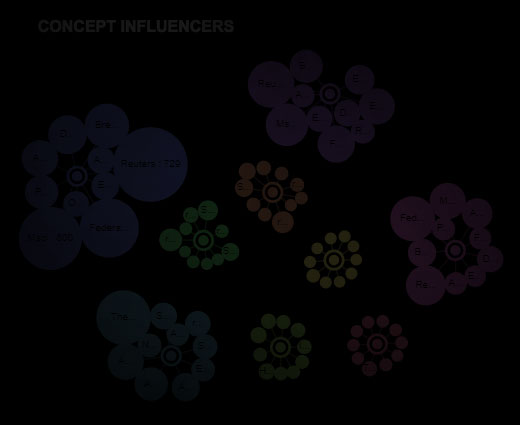Infection of hernia repair mesh is a serious complication and one of the main causes of failure of such surgeries. Infected meshes are difficult to treat and often need removing - which necessitates a second surgery. This increases healthcare costs as well as morbidity and mortality risk for the patient. Antibiotics are often administered after surgery to prevent mesh infections, however antibiotic doses to the whole body can cause numerous unwanted side-effects. Hernia repair meshes which provide sustained antibacterial activity offer a potential solution to preventing mesh infection and thus improving the efficacy of hernia repair surgeries.
In this product innovation profile, WTiN is reporting on a development from researchers at Donghua University, China, Mehran University of Engineering and Technology, Pakistan, and University of California, USA, who have demonstrated a method of functionalising polypropylene hernia meshes by grafting of cyclodextrin, which can form complexes with antibacterial agents.
|
Purpose |
|
Develop antibacterial polypropylene (PP) meshes for hernia repair. Demonstrate grafting of cyclodextrin (CD) onto PP mesh for loading with triclosan to provide localised, sustained antibacterial release to prevent mesh infection. |
|
Approach |
|
A collaborative research team led by Donghua University, China, has demonstrated a method to impart antibacterial functionality to PP meshes used in hernia repair. The surface of the PP fibres was first modified by low-pressure cold oxygen plasma treatment to form hydroxyl or carboxyl groups to facilitate grafting of hexamethylene diisocyanate (HDI) followed by grafting of CD. Triclosan was then loaded into the HDI-CD grafted PP samples to provide the antibacterial release function. The researchers note that triclosan was used a model antibacterial agent to demonstrate their approach, however other antibacterial agents may be favoured in practice as concerns have been raised about the use of triclosan in medical devices. |
|
Results |
|
Low-pressure cold oxygen plasma treatment enabled successful subsequent grafting of HDI onto the PP fibres. CD was shown to be covalently bonded onto the HDI-grafted PP fibres and the grafted meshes effectively captured triclosan. The original physical properties of the PP were not negatively altered, and the water contact angles reduced significantly for the treated samples as expected. The triclosan loaded samples demonstrated good antibacterial functionality (inhibition zone diameters up to 6.2 and 6.4 mm to S. aureus and E. coli, respectively) which was sustained for up to 13 days although inhibition zone diameters decreased quickly after six days. |
|
Impact |
|
Antibacterial PP meshes have great potential for application in hernia repair. Infection of hernia repair mesh is a serious complication and is one of the main causes of failure of such surgeries. Antibiotics are often administered after surgery to prevent mesh infections, however antibiotic doses to the whole body can cause numerous unwanted side-effects. Hernia repair meshes which provide sustained antibacterial activity, such as those reported here, offer a potential solution to preventing mesh infection and thus improving the efficacy of hernia repair surgeries. |
Reference: Sanbhal, et al. ‘Preparation and characterisation of antibacterial polypropylene meshes with covalently incorporated β-cyclodextrins and captured antimicrobial agent hernia repair’, Polymers, 2018, DOI:10.3390/polym10010058
Copyright © 2018 The Authors
RELATED ARTICLES
-
Novel class of CO2 mediated switch dyes
- Otis Robinson
- WTiN
-
WTiN Weekly Review: 16 July 2025
- Abigail Turner
- WTiN
-
Footwear newness outshines market turbulence
- Jessica Robe
- WTiN
-
News Release
Archroma unveils washing-off auxiliary
-
Sector Analysis
Activewear faces pressure, stays positive








